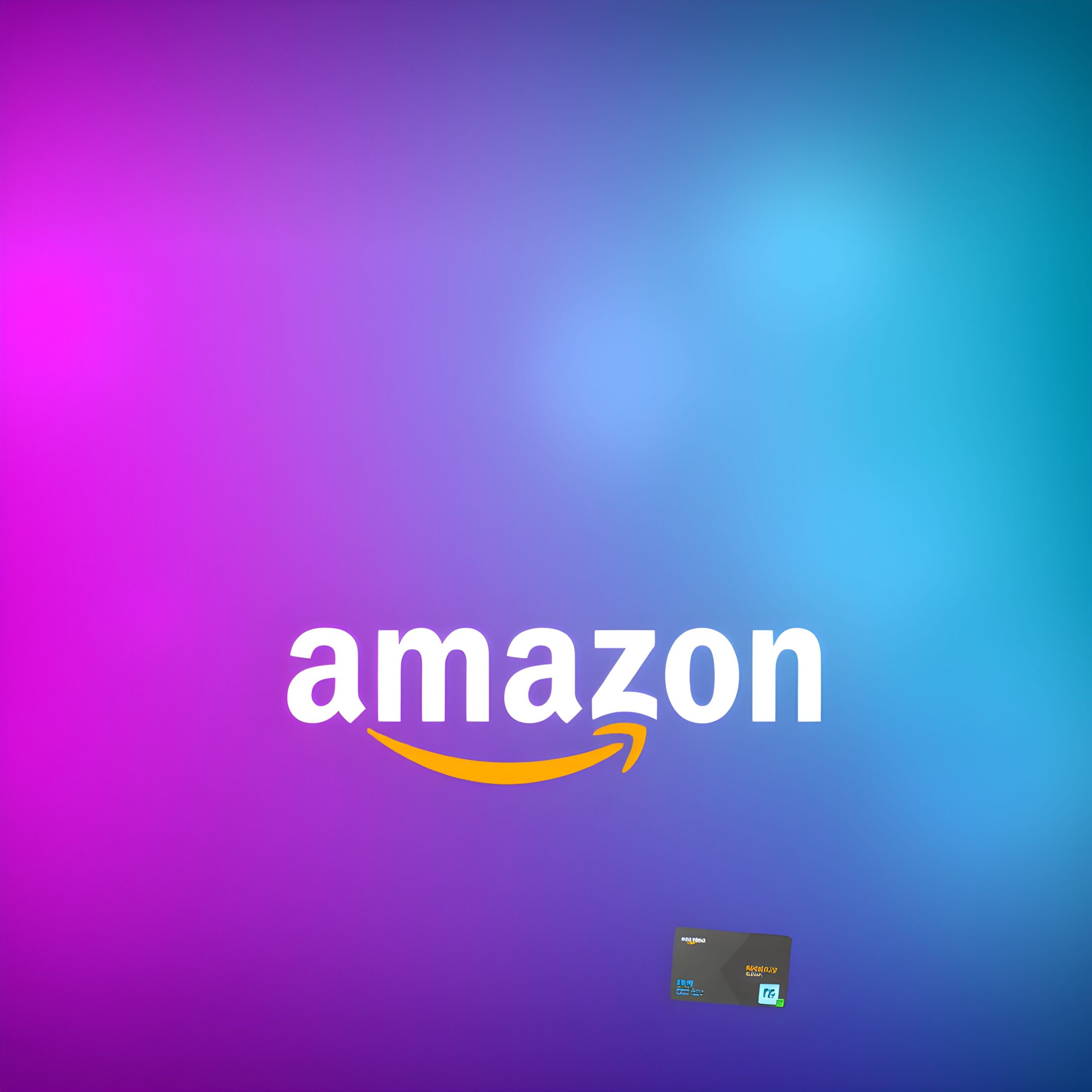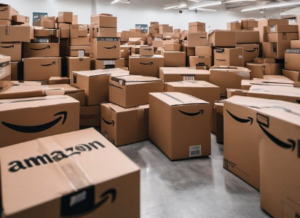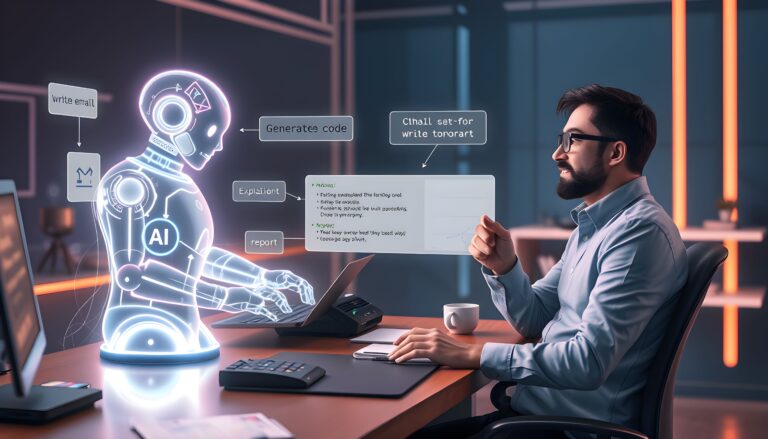On February 20, 2025, Amazon made a headline-grabbing announcement that it would be discontinuing its Android Appstore. For many, the news might have come as a surprise, especially since Amazon’s Appstore was a quieter player in the world of Android app distribution. Even if the Appstore wasn’t a primary source of apps for most users, it was nevertheless a significant piece of Amazon’s broader strategy to control its own ecosystem, particularly on Amazon’s own devices like Fire Tablets, Fire TV, and Echo Show.
The decision to close the Android Appstore might seem like an insignificant shift at first glance, especially for those who never used the platform. But in reality, this move represents a broader shift in how Amazon is approaching its Android business and the future of the app marketplace. This article will dive deep into why Amazon decided to shut down its Android Appstore, how it impacts Android users, and what alternatives exist in the ever-evolving app distribution ecosystem.
Why Amazon is Shutting Down Its Android Appstore
Amazon’s Android Appstore was launched in 2011, intended to serve as an alternative to Google Play and offer Android users access to thousands of apps. However, Amazon’s business priorities have changed in recent years, and the Android Appstore no longer aligns with the company’s long-term strategy.
There are several reasons for Amazon’s decision to pull the plug on the Appstore:
-
Focus on Amazon’s Core Products:
Amazon has increasingly focused on its own devices and services. Its Fire Tablets, Fire TV, and other hardware products are now central to the company’s ecosystem, with Amazon’s own app store integrated into these devices. As such, Amazon has been diverting resources toward enhancing these devices rather than expanding the Appstore to the wider Android ecosystem. -
Increased Competition from Google Play:
Google’s Play Store remains the dominant app marketplace for Android users. Over the years, the Appstore struggled to gain significant traction outside of Amazon’s own ecosystem. Google Play’s extensive library of apps, better integration with Android devices, and Google’s robust developer support created an environment that was difficult for Amazon to compete with. For many Android users, Google Play was simply the easier, more reliable option. -
Shifting Focus to Cloud and AI:
Amazon’s broader business strategy has been shifting toward cloud computing (via Amazon Web Services) and AI-driven services. As the company pivots toward these areas, the Appstore became less of a priority. While Amazon continues to serve content via its Prime Video and Music platforms, as well as through Alexa and its smart devices, its focus on app distribution for third-party developers became a lower priority. -
Cost and Resource Allocation:
Managing an app store involves significant resources, including developer support, platform maintenance, and app curation. Amazon may have realized that the return on investment was not high enough to justify maintaining the Android Appstore, particularly when more profitable areas like AWS and smart device development were taking precedence. The app store was seen by Amazon as a niche product rather than a vital part of its core business model.
These factors culminated in Amazon’s decision to shut down the Appstore in 2025, marking the end of its attempt to challenge Google Play’s dominance on Android devices.
History of Amazon’s Android Appstore
Launched in March 2011, Amazon’s Android Appstore aimed to provide an alternative to Google Play by offering features such as the “Free App of the Day,” a promotion that was initially quite popular and garnered significant attention from Android users. At its peak, the Appstore became a go-to platform for those who wanted to access exclusive deals or discover apps they couldn’t find on Google Play.
However, from the outset, Amazon faced several challenges:
-
Google’s Developer Policies:
One of the key obstacles for Amazon’s Appstore was Google’s developer policies. Google made it difficult for alternative app stores to compete with Google Play, including prohibiting the installation of third-party app stores through Google Play. As a result, Amazon had to come up with creative ways to get its Appstore onto Android devices, which limited its reach significantly. -
Limited Reach Outside Amazon Devices:
While the Appstore was available on all Android devices, it was designed primarily to work with Amazon’s own products, like Fire Tablets and Fire TV. Outside of these devices, users were often not motivated to install the Appstore, given the superior functionality of Google Play. Moreover, Google Play’s dominant position meant that most users didn’t feel the need to seek out Amazon’s app store. -
Lack of Developer Support:
For Amazon’s Appstore to thrive, it needed developers to build and optimize their apps for the platform. However, many developers opted to distribute their apps through Google Play because of its massive reach and the ease of integration with Google’s services. As a result, the Appstore often lacked some of the best-known apps available on Android, further limiting its appeal.
Despite these challenges, Amazon continued to maintain the Appstore for a decade, but it was clear that the market conditions had changed, and the Appstore had become a secondary player in the app distribution game.
Impact on Android Users
For most Android users, the shutdown of Amazon’s Android Appstore will have little practical effect. Google Play remains the dominant app marketplace, and for the vast majority of Android users, it’s the go-to source for apps.
However, there are some potential impacts for specific users:
-
Users Who Purchased Apps via Amazon’s Appstore:
Those who bought apps through Amazon’s Appstore will still be able to use these apps until the shutdown date, and Amazon has promised to provide updates for these apps during the transition period. However, after the shutdown, users will need to rely on Google Play or other platforms to obtain app updates or find alternatives. -
Users Who Preferred Amazon’s Appstore for Deals:
Amazon’s Appstore was known for its “Free App of the Day” promotions and other discounts. Some Android users may miss these special deals once the Appstore is shut down. However, users can now find similar promotions or deals on the Google Play Store or through third-party app stores. -
Amazon Device Users:
For users of Amazon’s Fire Tablets, Fire TV, and other Amazon-branded devices, the Appstore will continue to be available. Amazon’s focus on its own devices means that users will still have access to apps through its proprietary store.
While the shutdown may not cause much immediate disruption for the average Android user, it does signal a shift in Amazon’s strategy.
Amazon’s Efforts to Transition
Amazon is making efforts to ease the transition for both developers and users. Here are the key measures being taken:
-
Developer Support:
Amazon has committed to providing developers with resources to help them transition their apps from the Appstore to Google Play or other platforms. This includes technical support and guidance on how to navigate the transition smoothly. -
Continued Support for Amazon Devices:
Users of Amazon’s own devices, such as Fire Tablets and Fire TV, will not see any immediate disruption in their app experience. The Amazon Appstore will remain available on these devices, allowing users to continue downloading apps as usual. The transition for Amazon device owners will therefore be relatively seamless. -
Transition Period:
To ensure users and developers are not left in the lurch, Amazon has announced a transition period during which it will continue to support updates and bug fixes for apps on the Appstore. This period will likely last for several months, allowing both users and developers to make the necessary adjustments.
The Future of App Stores
Amazon’s decision to shut down its Android Appstore highlights the ongoing evolution of the app distribution ecosystem. Google Play remains the dominant player, but other alternatives are emerging.
The future of app stores could involve a more fragmented marketplace, where third-party stores gain traction, especially in regions where Google Play isn’t as dominant. Platforms like Samsung’s Galaxy Store, Aptoide, and SlideME are positioning themselves as potential alternatives to Google Play. In addition, services like F-Droid are offering open-source alternatives to mainstream stores, appealing to a niche but growing segment of the Android community.
However, it’s clear that Google Play will continue to be the dominant app store, especially in the Western markets where Android dominates. The consolidation of the app store market could mean more options for users but also more challenges for developers who will need to distribute their apps across multiple platforms.
Alternatives to Amazon’s Android Appstore
With Amazon’s Appstore shutting down, Android users still have several alternatives for downloading apps:
-
Google Play Store:
As the default app store for most Android devices, Google Play remains the most reliable and comprehensive platform for Android apps. Users can continue to download apps, make purchases, and enjoy regular updates. -
Samsung Galaxy Store:
For Samsung device users, the Galaxy Store offers a range of apps tailored to Samsung devices. It’s a robust alternative to Google Play, especially for Samsung users looking for exclusive apps or features. -
Aptoide:
Aptoide is a popular third-party app store offering a wide variety of apps. It’s particularly favored by users who want access to apps not available on Google Play. -
F-Droid:
F-Droid is a great alternative for users who prioritize open-source apps. It offers a catalog of free and open-source apps that cater to privacy-conscious users. -
SlideME:
Another independent platform, SlideME offers an app marketplace with a variety of apps, including those that are not available on Google Play.
Amazon’s decision to shut down its Android Appstore is a significant development in the app distribution landscape. While it may not directly affect most Android users, it signals a broader shift in Amazon’s business priorities. For users and developers, this move represents an opportunity to reassess the app stores they rely on. With Google Play continuing to dominate, and third-party platforms gaining traction, the app ecosystem is likely to evolve even further.
FAQs
-
What happens to apps I’ve already purchased on the Amazon Appstore?
- You will still be able to use apps purchased through Amazon’s Appstore until the shutdown date in 2025.
-
Will I lose access to updates for my apps after the shutdown?
- Amazon will allow updates to apps until the final shutdown date, ensuring continued access to updates.
-
Can I still use Amazon’s Appstore on Fire tablets?
- Yes, the Appstore will continue to be available on Amazon’s own devices, including Fire Tablets and Fire TV.
Feel free to check out our other website at : https://scoremaxed.com/













